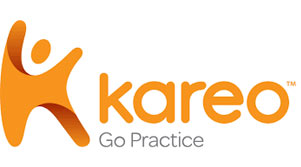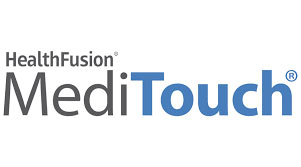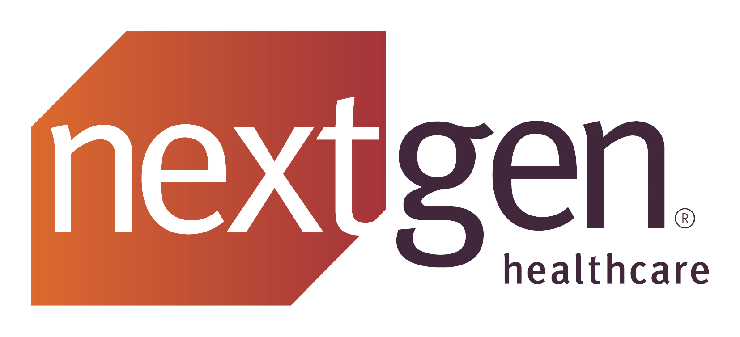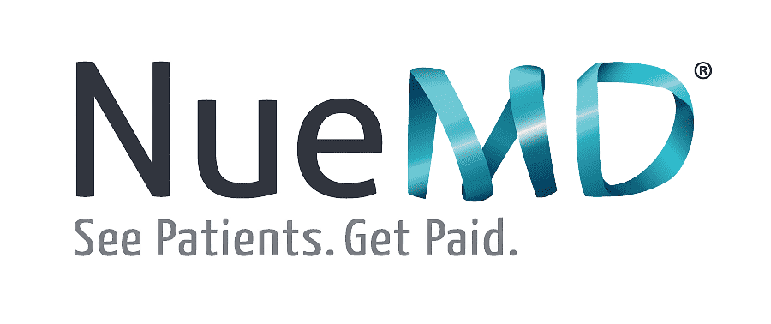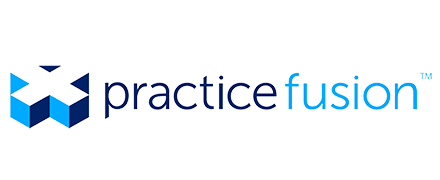Are you a medical billing agency looking for pioneering ways to attract new clients and retain the existing ones? We understand that resource planning is crucial for efficient management, and analysing the availability, schedules while maintaining a track of their utilisation is critical. Our FTE (Full Time Employee) model is a feasible solution to all those healthcare organisations that need employees for long term projects. Here’s all you need to know about the FTE model.
Understanding FTE
FTE or the Full Time Employee model is a pricing model that is used to describe the amount of work and availability of an employee. It is the hours worked by a single employee on a full-time basis. While we have established what FTE is, you must know how it is beneficial to you and to your clients, so that pitching for one is an easy process.
How is FTE beneficial?
FTE is a tested and economical approach that enables organisations to dramatically save expenses while also improving output — all without substantially changing the way things are done in the current set-up.
1. FTE offers a standardised method to determine the demand for upcoming projects and the quantity of hours needed to complete the work. As a result, it is an excellent project management measure for long-term strategic planning.
2. Unlike headcount, FTE accounts for both full-time and part-time employee counts at your company. Additionally, it assists you in determining whether you require part-timers for urgent tasks.
3. The full-time equivalent model gives you devoted staff members who work throughout a set number of hours. This is perfect for lengthy undertakings that require a lot of labour.
To confront the constantly shifting healthcare landscape, a growing number of provider companies are expanding the number of FTEs on staff. The capacity to maintain control without having to actively oversee daily operations is one of the main benefits of adding FTEs. In the domains of revenue cycle and coding, this is especially true.
Reasons why FTE is in Demand
1. Control is maintained without the hassles of the routine process administration.
2. Ability to guarantee labour cost savings
3. Reduce the overall cost of operations
4. Give the operating budget consistency instead of dealing with swings.
5. Remove obstacles like stringent employment regulations and limiting labour practises.
6. Housing expenses for workers (office, workstation etc)
7. Costs of pensions and retirement, perks, and unions
FTE vs Hours
For a variety of reasons, businesses are moving away from the headcount approach and toward the FTE model. For starters, headcount does not account for the number of part-timers employed by a company. This can result in an employee overstaff. For another, it does not go in-depth to address the individual skill gaps; instead, it concentrates on the organisational strategy as a whole and role filling in general.
When the cost of a single resource is taken into consideration for billable projects, hours are advantageous. Making accurate billing invoices is made easier by the fact that every hour spent on the activity can be tracked and invoiced to the client.
Hours are ideal for short-term jobs, whereas FTE handles long-term projects. We at Info Hub Consultancy Services (ICS) offer professional services that ensure your medical claims are submitted with the fewest possible denials, that multiple accounts are easily managed, and that proper payments are recorded to reduce customer accounts receivable. A leading offshore medical billing agency, ICS with its FTE model assures multiple benefits for its clients while also being a feasible option.















